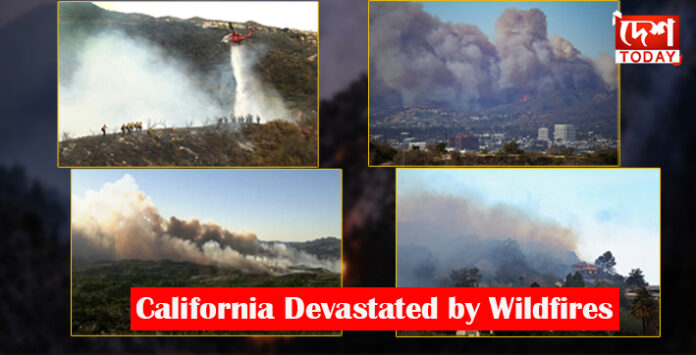America in Flames: California Devastated by Wildfires
America is currently grappling with the fury of forest fires that have ravaged California. The state, particularly Southern California, has been engulfed in wildfires that have caused unprecedented destruction. From forested lands to densely populated urban areas, the fire is spreading uncontrollably, and the damage is catastrophic.
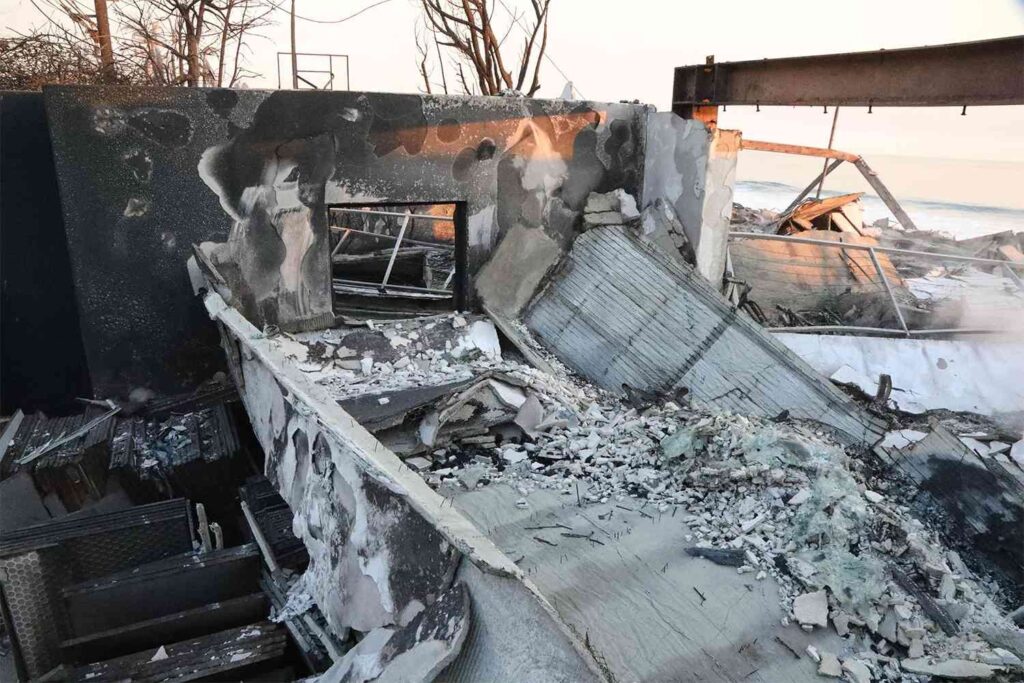
Hollywood Hills Threatened: A Celebrity Crisis
The flames have reached even the iconic Hollywood Hills, a location synonymous with celebrity homes. Many celebrities’ mansions have been consumed by the inferno, including the homes of Oscar-winning actor Jeff Bridges and Mel Gibson. Socialite Paris Hilton’s luxurious Malibu estate has also been lost to the fire. Other well-known figures such as Billy Crystal, Adam Bordi, and Milo Ventimiglia have seen their homes destroyed as well. If the fire continues to spread unchecked, many more celebrity homes are at risk, leaving the entire area under severe threat.
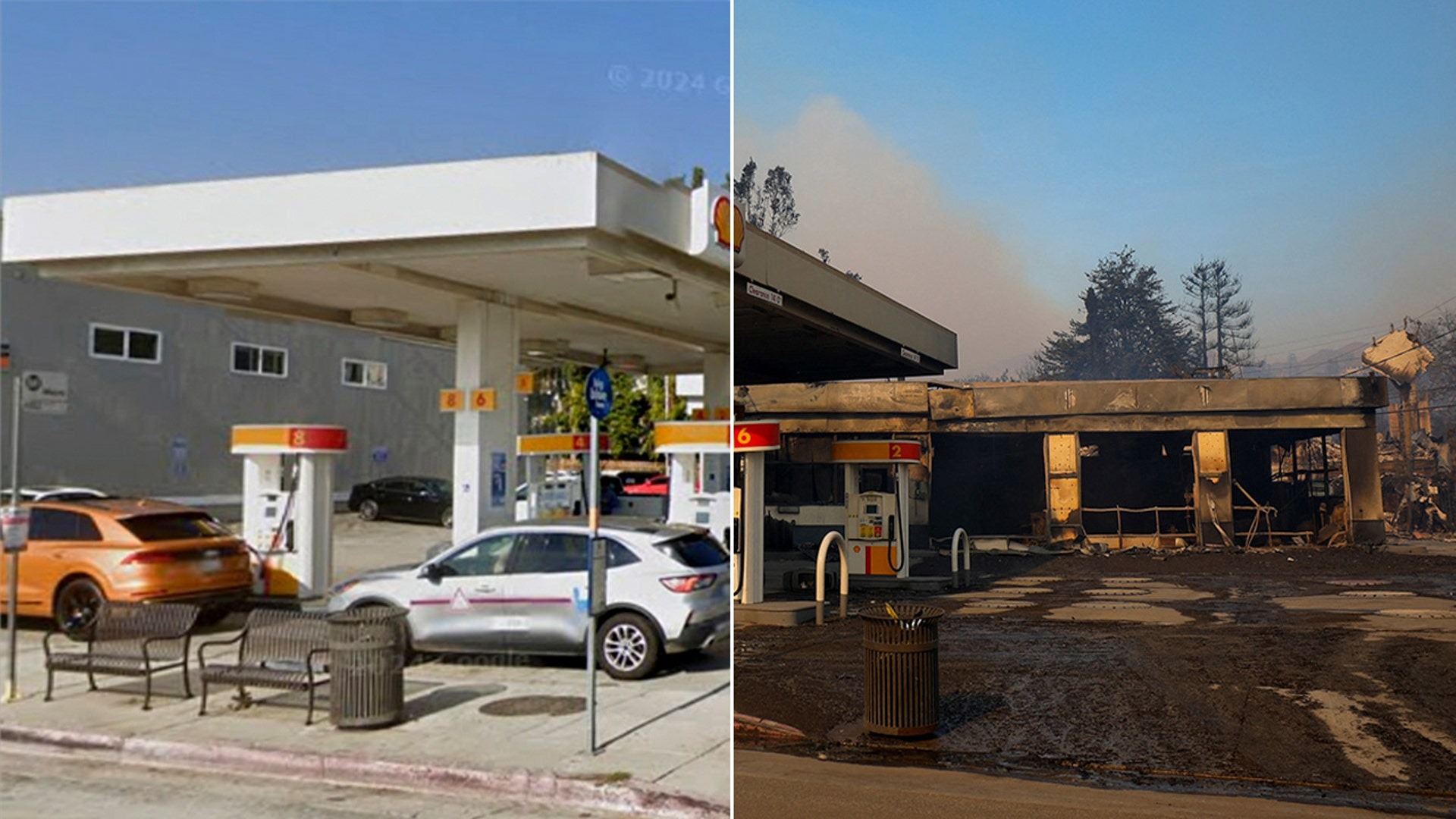
A City in Ruins: The Devastation in Los Angeles
The wildfire in Los Angeles has transformed the city into a scene of destruction. Numerous celebrity homes, businesses, and entire neighborhoods have been wiped out. The fire has destroyed over 5,700 homes and countless businesses, including fast food chains like McDonald’s and KFC, motels, and service centers. Tragically, at least six people, including residents and rescue workers, have been killed in the disaster. The situation continues to worsen as the fire spreads across the region.
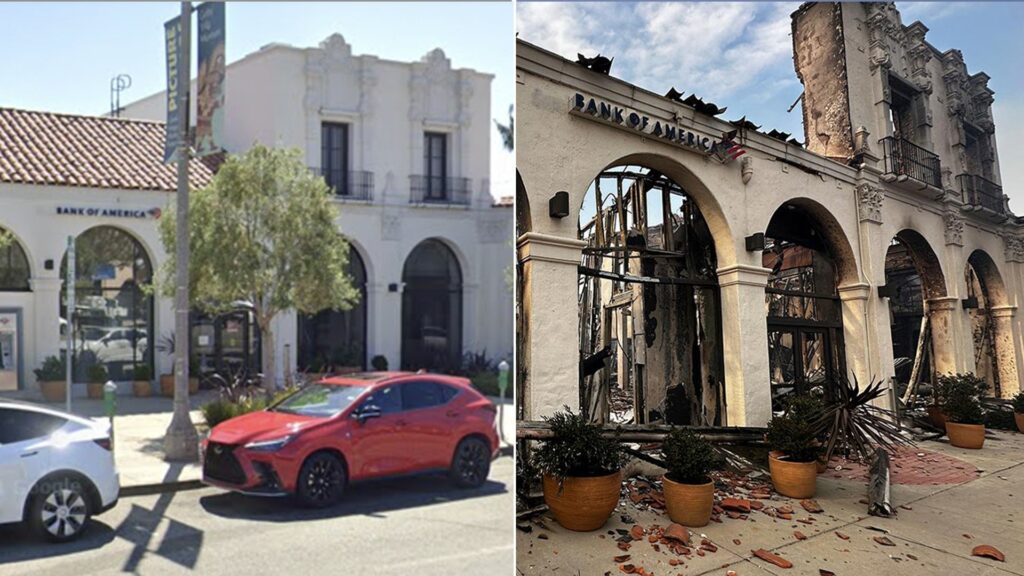
Massive Evacuations: Thousands Displaced
The intensity of the fire has forced over 80,000 residents in Southern California to evacuate. Over 1.5 million people are now homeless, as their homes have been reduced to ash or rendered uninhabitable. Many of these displaced individuals are now seeking refuge in shelters or with family members, while entire communities face the threat of permanent destruction.
Efforts to Contain the Fire: A Struggle Against Nature
Despite the valiant efforts of firefighters and local residents, the fire continues to rage uncontrollably. Authorities have been using helicopters to drop water and fire-retardant foam from the sky, while local residents have been trying to douse the flames using swimming pools and small buckets of water. However, these efforts have largely proven ineffective, as the fire continues to spread at an alarming rate.
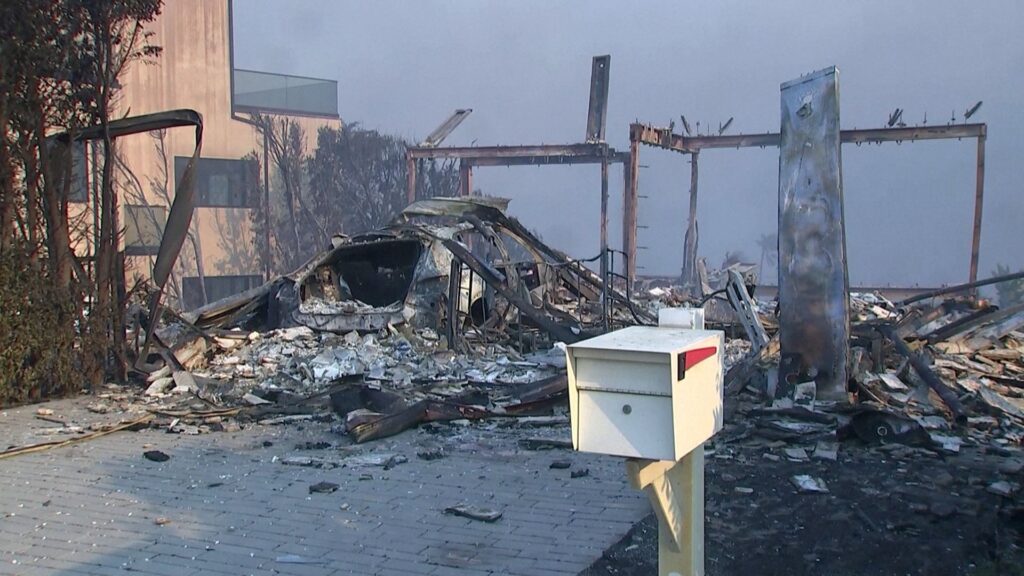
The Fire’s Origins: Uncertainty Surrounds the Cause
The cause of the fire remains uncertain, but initial reports suggest that an exploding power cable may have triggered the blaze in Palisades. Meanwhile, in Kennth and Eaton, authorities suspect arson and have already arrested two suspects. While wildfires are common in California, the sheer scale of this one is unprecedented. The destruction is so extensive that the economic damage has already exceeded $57 billion, with insurance companies expected to pay out around $12.5 billion in claims.
The Role of Climate: Dry Conditions Fuel the Fire
One of the main contributing factors to the rapid spread of the fire is the extremely dry conditions that have plagued Southern California. Since October, the region has received almost no rainfall, and the winter months have been particularly dry. As a result, vegetation, trees, and bushes have dried out, making them highly susceptible to combustion. Furthermore, the Santa Ana winds, which are particularly strong this year, have been pushing the fire forward with increasing speed and intensity.
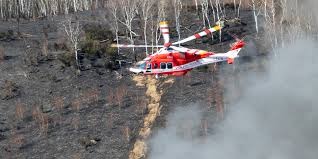
The Economic Impact: Unprecedented Losses
The economic toll of the fire has been catastrophic. Over $57 billion worth of property has been destroyed, and insurance companies are expected to cover around $12.5 billion in damages. This fire is not only a disaster in terms of human life and property loss but also a devastating blow to the state’s economy.
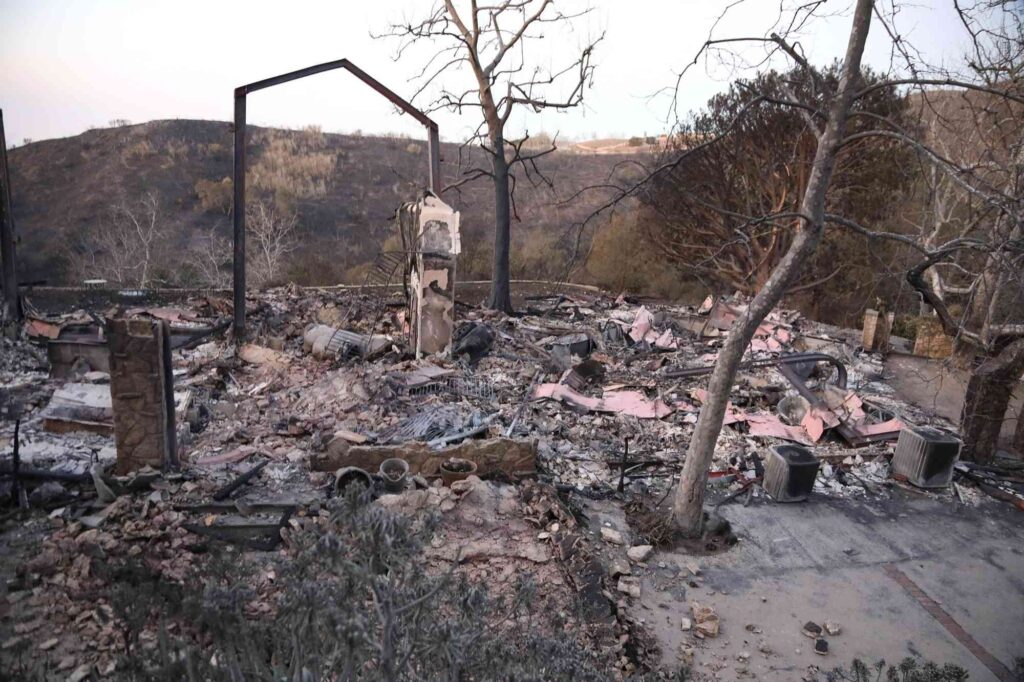
The Unique Threat of Winter Wildfires
While wildfires in California are common, winter fires are a rare occurrence. This year, however, the unusually dry weather conditions have contributed to the rapid and widespread nature of the flames. With high-pressure systems in place since October, the region has been subject to hot, dry, and fast-moving winds, which have caused the fire to spread with alarming speed. The rapid pace of the fire has made containment nearly impossible, and the challenge for firefighters grows with every passing day.
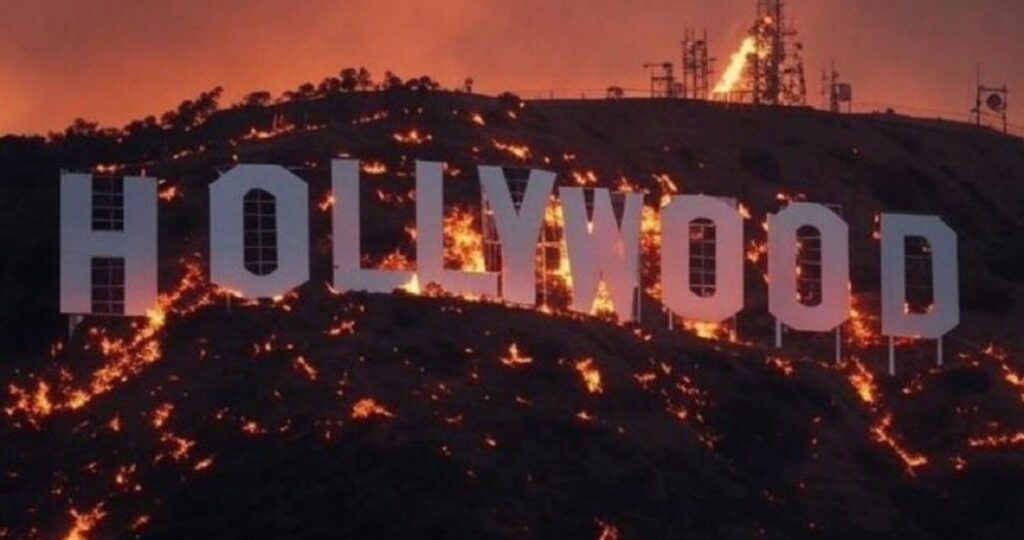
This ongoing disaster underscores the need for improved wildfire management and highlights the growing threat of climate change. As the situation in California continues to unfold, it is clear that we must face the challenges posed by extreme weather events and take urgent action to prevent further destruction.

